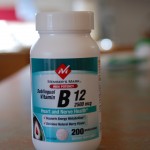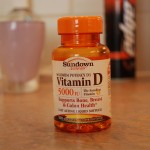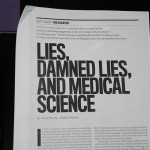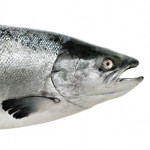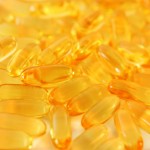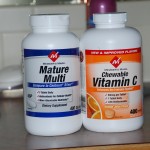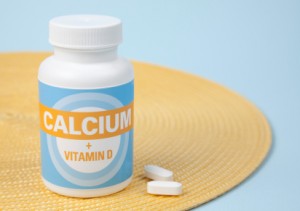When I was at Langley AFB in th early 1970s, we had an opportunity to take a field trip to the Cayce Institute. Edgar Cayce was a supposed psychic who lived from 1877 to 1945. I came away from that trip with a healthy dose of scepticism, not so much about Mr. Cayce himself, whose work I never saw, but of those who inherited his mantle,
That scepticism has served me well over the years and today led to a prolonged web search on the supposed benefits of acia berries as a dietary modality and supplement. It started with a news article I found that claimed a Channel 10 employee had lost 25 pounds in 4 weeks on the "Optimal Acai" program.
I began tracing the story and found a number of websites that were pertinent: WebMD said acai berries are claimed by marketeers to be an "elite superfood with anti-aging and weight loss properties." They did note that the berry, which comes from a palm tree found in Central and South America, has lots of antioxidant capacity, even more than other berries (cranberry, raspberry, blueberry). It contains chemicals that are in the flavinoid and anthocyanin family, the latter being found in red wine for example.
But as to the claimed health benefits of this particular berry, who knows. Thus far there are no studies that show it's better than other similar fruits.
MedlinePlus, the National Library of Medicine's consumer information source, notes the acai berry has antioxidants, but says there is insufficient evidence thus far to show its effectiveness.
So how did the acai berry craze start? In November of 2004 a dermatologist, Dr. Nichoas Perricone, appeared on the Oprah show. Subsequently a post on oprah.com touted his so-called superfoods, especially acai. The comment that struck me was "harvested in the rain forests of Brazil, acai tastes like a vibrant blend of berries and chocolate."
Well that sounds yummy, but who is Dr. Perricone and what's the data? And why do I connect this back to Edgar Cayce?
Dr. Perricone is a dermatologist who writes on weight loss and anti-aging. He's also an Adjunct Professor of Medicine at Michigan State's medical school. One of his books, The Perricone Promise, tells of neuropeptides and their role in aging and focuses on a particular diet. A three-month supply of a neuropeptide-based serum that his own company sells costs $570.
Subsequently there have been scams with emails sent off linking to supposed news reports on the acai berry diet; one was to a website New7health.com which had an identical claim as the supposed website I saw today (reporter lost 25 pounds in 4 weeks). This was exposed as bogus in March 2010 and led me to reread the supposed Channel 10 health news article.
Part of the promise beside rapid weight loss is to eliminate bad toxins built up over many years and remove sludge from the walls of the colon. Now I was back at the Cayce Institute with a basic part of their program being so-called "High Colonics," enemas to lose weight.
I won't believe any of this kind of spiel until The NLM and other reputable medical organizations report controlled, double-blind, peer-reviewed, evidence-based studies.


